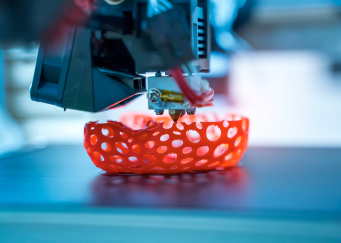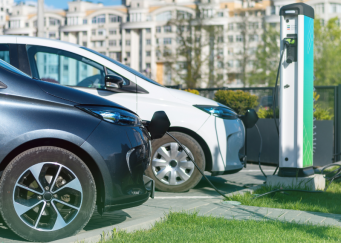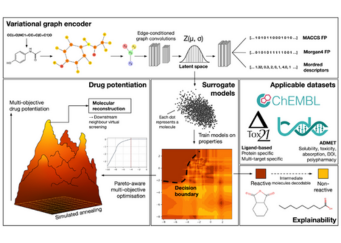Strengthening the safety and robustness of AI in self-driving vehicles using NSCC’s high performance computing resources.
Artificial Intelligence (AI) technologies are gaining wider adoption in recent years and are being increasingly deployed in critical applications such as cybersecurity and self-driving vehicles.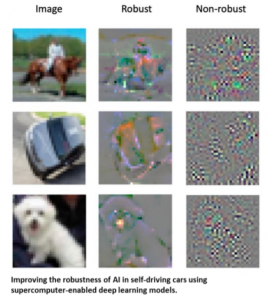
For self-driving cars, where safety is of the utmost importance, the AI is expected to be robust and reliable. However, research has revealed that deep learning, which powers the latest AI advancements, is prone to adversarial noise whereby the AI misclassifies images when imperceptible noises are added.
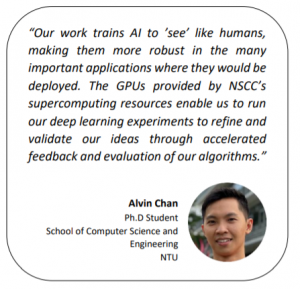
To make deep learning models robust against such noise, a team of researchers at NTU’s School of Computer Science and Engineering is utilising NSCC’s supercomputing resources to study the algorithms to train these models to rely on image features relevant to human eyes such as meaningful lines and edges of objects rather than superficial signals in images.
The team demonstrates that training a model to focus on salient features such as lines and edges of the object improves the model’s robustness against adversarial noise compared to non-robust models that rely on superficial features.
To find out more about the NSCC’s HPC resources and how you can tap on them, please contact [email protected].
NSCC NewsBytes January 2021
Other Case Studies
Using Digital Twin Technology to Optimise the Industrial 3D Printing Process
Researchers from the Institute of High-Performance Computing (IHPC) are utilizing supercomputers to create a digital twin that furnishes users with comprehensive information...
Accelerating electric vehicles research through HPC
Researchers from A*STAR IHPC leverage supercomputing resources to improve the performance of lithium-ion battery technology With the ever-increasing demand in energy storage...
Advancing Drug Discovery Research using NSCC HPC resources
Researchers from Nanyang Technological University (NTU) are applying variational graph encoders as an effective generalist algorithm in computer-aided drug design (CADD)....
